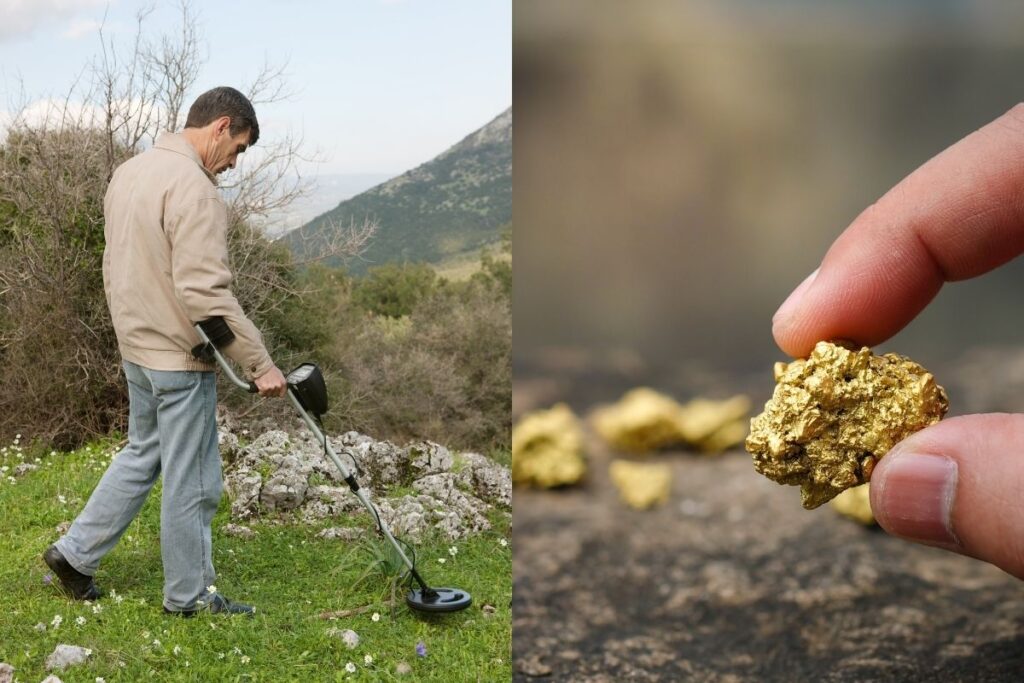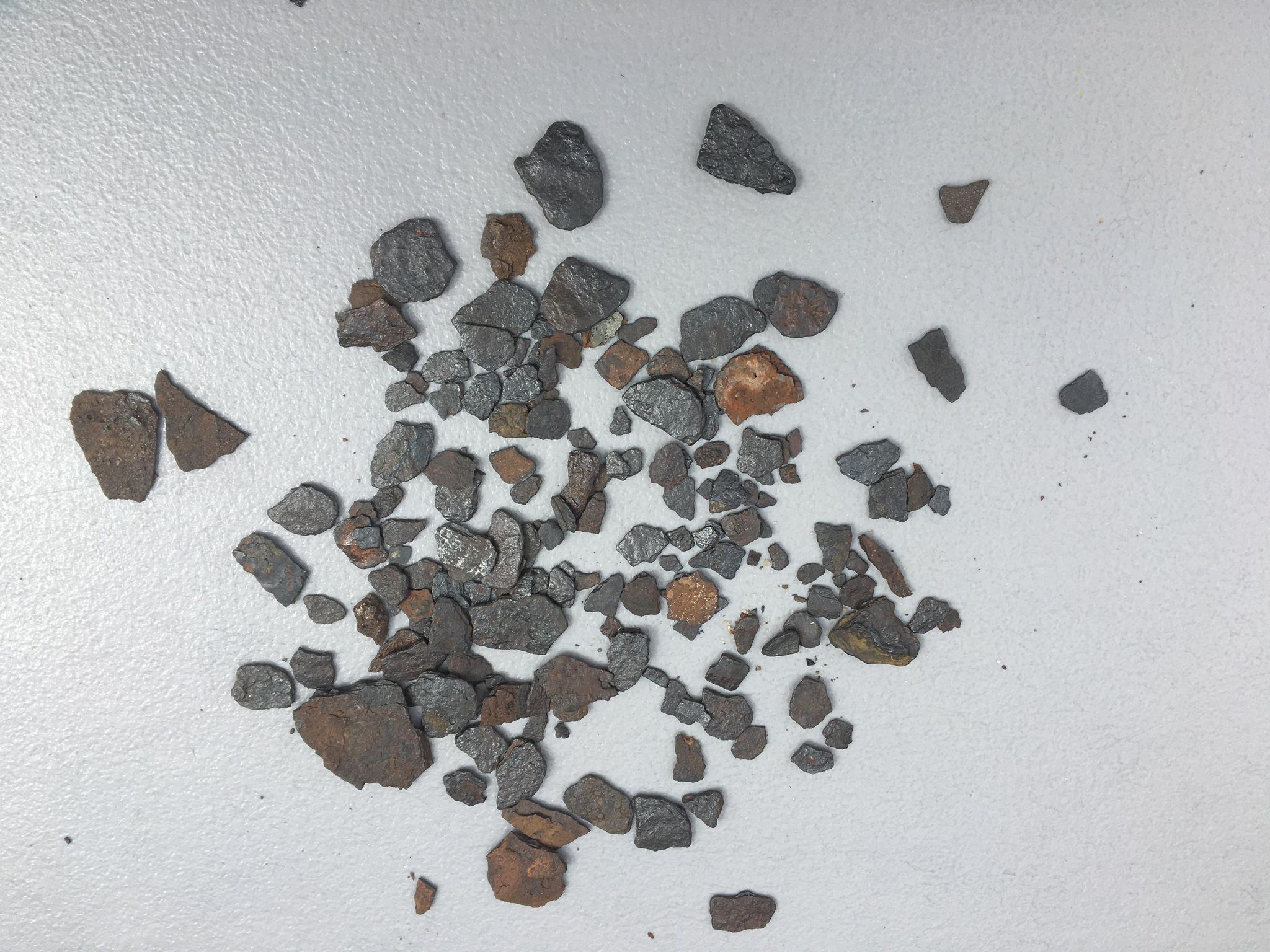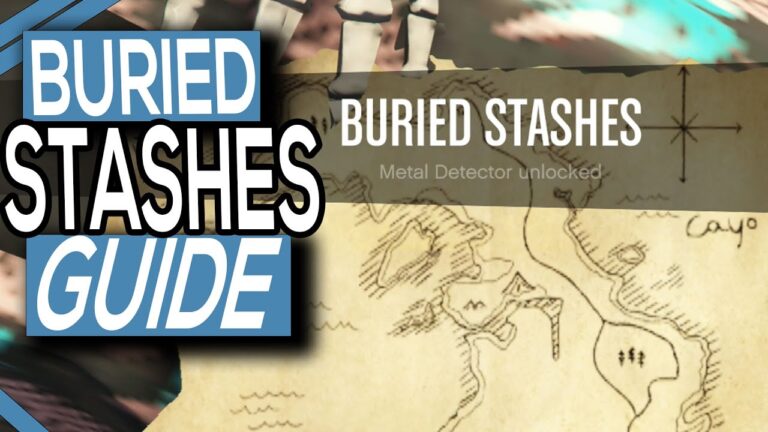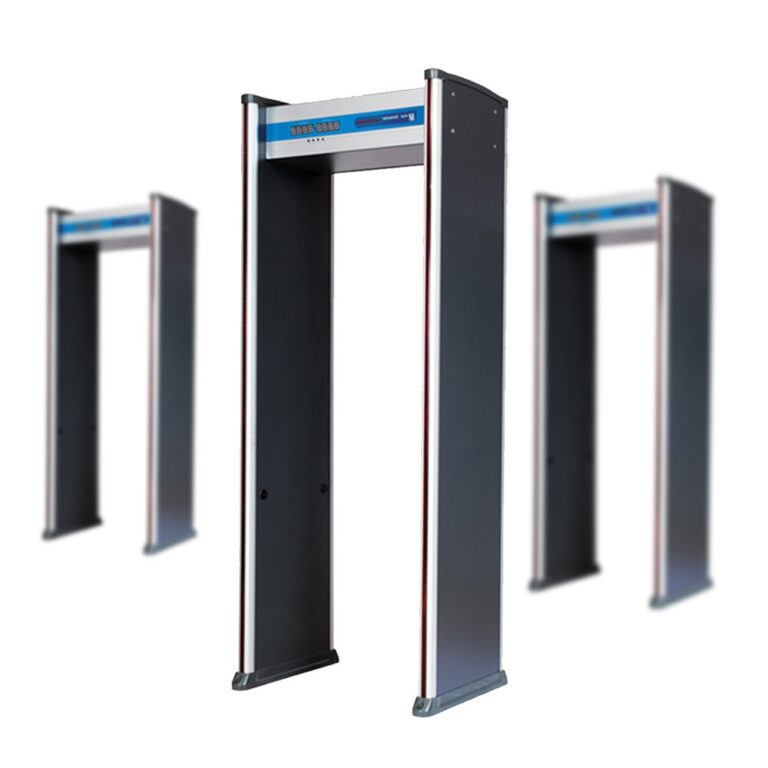How to Find Treasure Without a Metal Detector
How often have you been watching a movie where the protagonist uses a metal detector to find treasure and thought to yourself, “I could do that”? Well, you can! Sort of.
Finding treasure without a metal detector takes much more work than just strolling along the beach with a machine, but it is possible. Here are some tips on how to find treasure without a metal detector.

- Research your area of interest
- If you are looking for treasure, it is important to have a general idea of where you should look.
- Talk to locals, look for old maps, and read the area’s history.
- This will give you a good starting point for your search.
- Look for signs of recent digging.
- If someone has already found treasure in the area, there is a good chance that there is more to be found.
- Look for freshly dug earth, piles of dirt, or any other sign that someone has been recently digging around.
- Use a metal detector.
- This is the most reliable way to find buried treasure.
- Metal detectors can pick up on even small pieces of metal, so they are ideal for finding hidden treasures.
- Try using a dowsing rod.
- Dowsing rods are said to be able to detect water or minerals underground.
- Some people believe that they can also be used to find buried treasure.
- Hold a dowsing rod in both hands with your arms outstretched in front of you.
- As you walk forward, pay attention to how the rod moves.
- If could indicate buried treasure nearby if it starts moving on its own.
- However, dowsing rods are only sometimes accurate and should not be relied upon as your only method of finding treasure.
- Check likely hiding spots.
- When looking for buried treasure, it is often helpful to think like a pirate.
- Where would you hide your loot if you were trying to keep it safe from others? Common hiding spots include caves, behind waterfalls, under rocks, and in trees 6
- Don’t give up hope! Even if you don’t find anything after days or weeks of searching, there is still a buried treasure in the area.
- Sometimes it takes years or even decades for someone to stumble upon a hidden wealth.
Is There a Way to Detect Gold Underground?
There are many ways to detect gold underground. Some common methods include using a metal detector, looking for gold in streambeds, and using geophysical techniques.
Can You Keep Treasure You Find in Your Backyard?
Yes, you can keep the treasure you find in your backyard! However, there are a few things to keep in mind. First, if the item is considered historical or has cultural value, it may be protected by law, and you will need to obtain a permit to keep it.
Second, if the item is valuable, you will likely need to pay taxes. Finally, check with your homeowner’s insurance policy to see if your find is covered in case of loss or damage.
Can You Keep Any Treasure You Find?
According to U.S. law, if you find any treasure on public land, it belongs to the government. If you find treasure on private land, it belongs to the land owner. In either case, you must report your find to the authorities.
There are some exceptions to this rule. For example, in some states, objects found in rivers belong to the state, even on private land. And there are a few cases where the law could be clearer, and contested ownership depends on the circumstances of the find.
If you want to keep what you’ve found, your best bet is to get permission from the appropriate authority before digging.
Can You Detect Gold Without a Metal Detector?
If you’re panning for gold in a river, you may be able to see gold in the bottom of your pan, but it can be difficult to tell if what you’re seeing is gold. One way to test if you see gold is to gently place it on a black piece of paper and tap it with a hammer. If the specks are gold, they will leave a golden mark on the paper.
Another way to test if you’ve found real gold is by using a magnet. Real gold isn’t magnetic, so if your magnet sticks to the metal, it’s probably not gold.
How to Find Treasure Without a Metal Detector
How to Detect Gold Using a Phone
Gold is a metal that has been used for centuries to make jewelry, coins, and other objects. But what if you could use your phone to detect gold? There are a few different ways to do this.
One way is to download an app that uses the camera on your phone to detect metals. A few different apps are available, but they all work the same way. You hold your phone up to the object you want to test, and it will tell you if it contains gold or not.
Another way to detect gold is by using a special case or cover for your phone with a built-in metal detector. These cases are rare, but they do exist. If you find one of these cases, it will work like any other metal detector.
Hold it up to the object you want to test, and it will let you know whether there’s gold present. One final way to detect gold is using an X-Ray fluorescence gun. This special device uses X-Rays to identify different types of metals in an object.
It’s not exactly portable, so it’s not an option for most people. But if you have access to one of these guns, it can be a very accurate way to test for the presence of gold in an object.
How to Detect Gold at Home
Assuming you need access to professional gold detection equipment, there are still a few ways to find gold at home. One method is to look for gold in placer deposits. These are typically found in stream beds or on the beach where waves have deposited them.
Another way to find gold is to pan for it. This involves using a panning kit which consists of a pan and sifter. You’ll also need some water to do this.
Finally, you can use a metal detector to find buried gold nuggets or coins.
How to Detect Gold with a Metal Detector
If you’re new to metal detecting, you might wonder how to detect gold with a metal detector. While it can be challenging to find gold, there are certain things that you can look for that will help increase your chances. Here are a few tips on how to detect gold with a metal detector:
- Look for areas where gold has been found before. This is often a good place to start, as there is likely more gold in these areas.
- Use a metal detector that is specifically designed for finding gold. These detectors can pick up on smaller pieces of gold that other detectors may miss.
- Listen for a high-pitched sound when using your detector. This sound indicates that the detector has found something metallic and is worth investigating further.
- Digging deeper is only sometimes necessary, but it can sometimes help uncover larger pieces of buried treasure. If you decide to dig, use gloves and take care not to damage the surrounding area too much. With these tips in mind, you should have no trouble finding some hidden treasures!
How to Detect Gold without a Metal Detector
If you’re looking for gold but need a metal detector, there are other ways to find it.
Here are a few:
- Look for quartz veins in rocks. Gold is often found near quartz deposits.
- Use a magnifying glass to look for gold nuggets in river beds or on the ground.
- Look for areas where there has been recent mining activity. New mines sometimes leave behind small amounts of gold that should have been included during the mining process.
- Check with your local geological survey office to see if there are any known gold deposits in your area.
Conclusion
Have you ever wanted to go on a treasure hunt but don’t have a metal detector? Well, you’re in luck! There are many ways to find treasure without a metal detector.
One way is to look for geocaches. Geocaches are hidden containers that people have placed worldwide for others to find. They can be anywhere from small boxes to large buckets and usually contain items like toys, coins, or other trinkets.
You can use a GPS device or an app on your smartphone to find geocaches. Another way to find treasure is by looking for “letterboxes.” Letterboxes are similar to geocaches but don’t contain any physical objects.
Instead, they contain clues that will lead you to another location where you’ll find another clue, and so on, until you finally reach the letterbox’s final destination. Letterboxing is a great activity for families or groups of friends since it requires teamwork and problem-solving skills. If you’re feeling adventurous, you could try “urban exploration” or “urbexing.”
This involves exploring abandoned buildings or other man-made structures that are no longer in use. While urbexing can be dangerous, it can also be very rewarding as you never know what treasures you might find.







